How to Strip Paint from Wood Surfaces
This post may contain affiliate links which won't change your price but will share some commission. Read more here.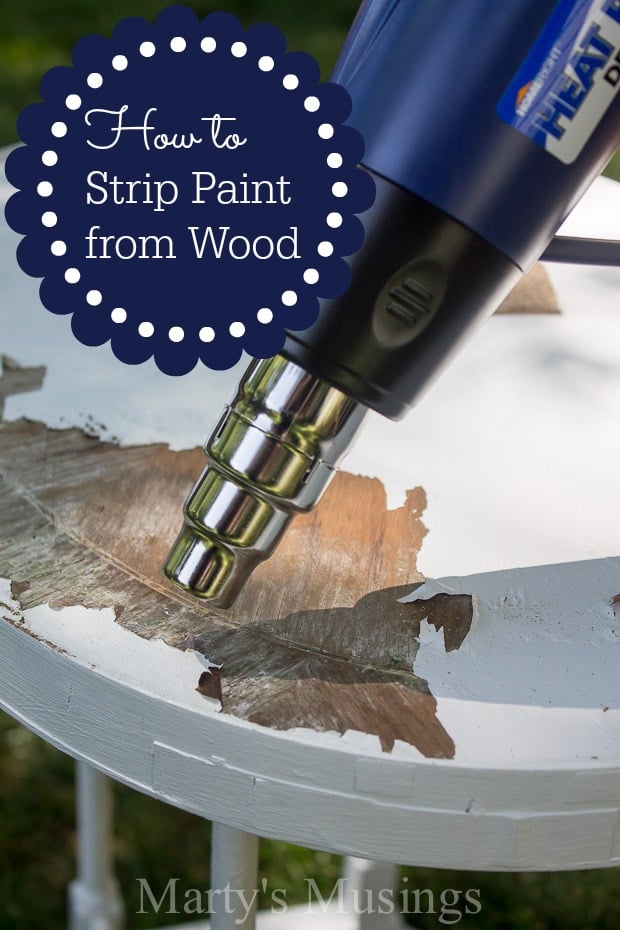
One of the blessings of homeschooling my children for the last 20 years is that we do so many things together, including walking around our neighborhood (counts as P.E.!)
My youngest son has become quite the little treasure sniffer outer (that’s the official term, you know!) He loves for us to walk around the block (or a few blocks) on Monday (trash day) and see what has been left at the curb.
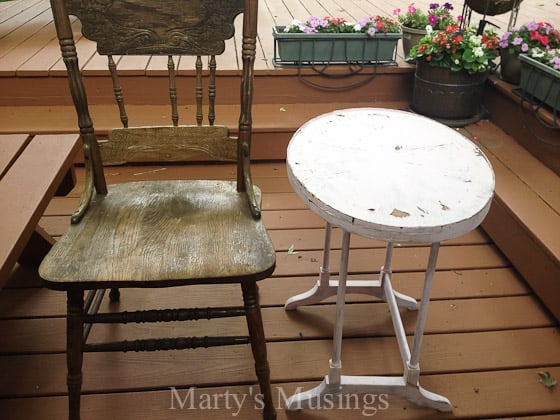
He even enjoys carting around his treasures while spying out more! Can I tell you how much I love that (although his hoarding tendencies have to be controlled a bit!)
As we have been bargain hunting for deck furnishings this little table popped up on his radar.
The table was a total painting failure naturally distressed but there were remnants of pink paint everywhere.
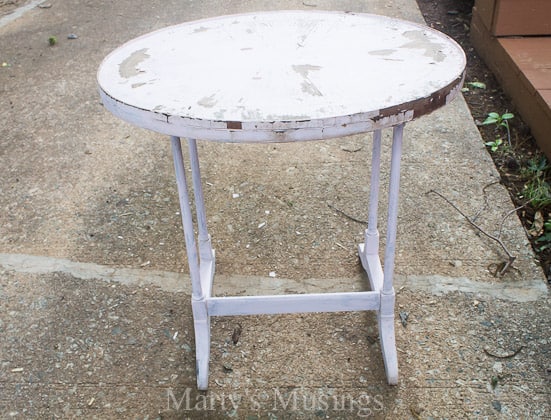
I gave our find a couple of coats of white paint which improved its appearance but gave it a more pristine look than I desired.
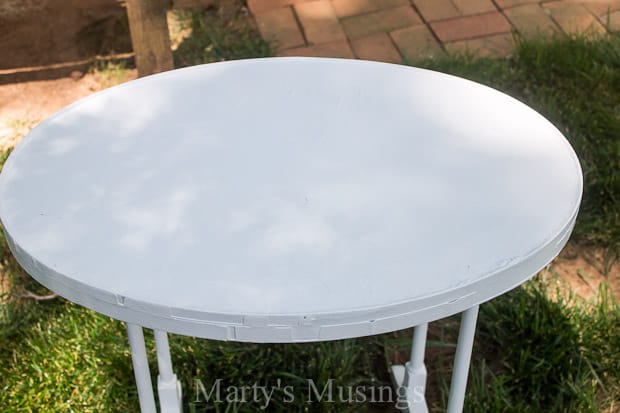
Enter my DIY hubby to show you how to strip paint from wood with a terrific tool from HomeRight.
From Tim:
The official label of this little powerhouse is Heat Pro Deluxe II Hot Air Tool, but most of us still refer to it as a heat gun…for obvious reasons. This version, from HomeRight, comes with a bevy of attachments that can really help with any stripping project. It has a great design, several different settings and adjustment levels and even comes with its own hard shell case.
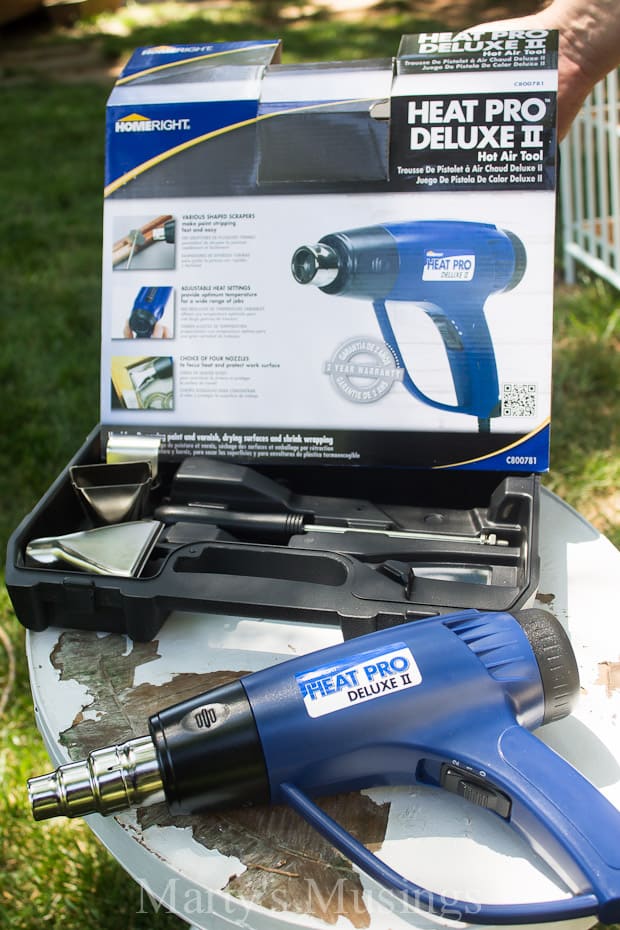
One of the things I have enjoyed most about these HomeRight product demos is finding creative, different ways to use the product other than what it was specifically designed for. The Hot Air Tool, however, is a pretty straightforward tool and only does what it is supposed to do…but it does that really, really well! Very little rocket science here; just determine a heat setting, choose an attachment and light it up.
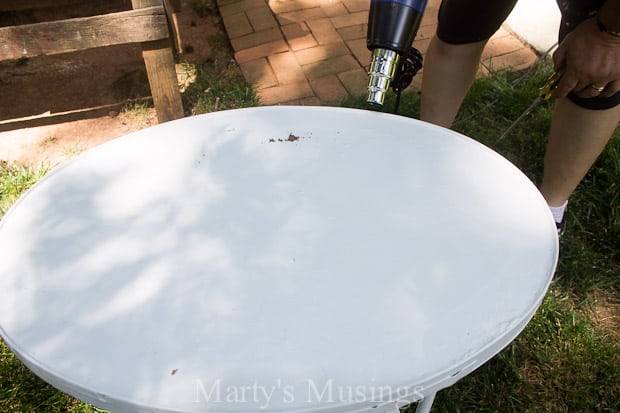
I will pause to insert that it is critical to use this tool only in the way the instructions outline and with proper safety tools and precautions in place. We’ve all heard the stories about the knucklehead that burned down his house while thawing out the pipes. This gun gets amazingly hot and, therefore, becomes quite dangerous.
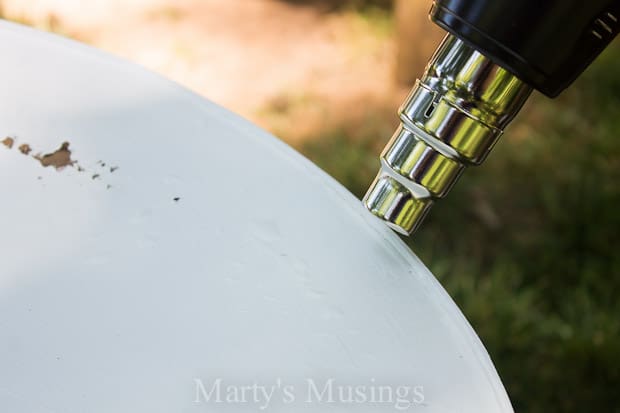
In addition to settings and attachments, distance from the surface is important. The heat will raise blisters or bubbles on the surface almost immediately at the highest settings. Once these appear, you can scrape the paint off as you go or wait and scrape once the surface has cooled. Each method has benefits, but remember that the heat will make working with the hot paint a bit more tricky.
The guys that use these to remove paint from the exterior of a house, as in a restoration project, heat and scrape almost together. Sometimes the paint can actually re-attach to the surface, so just experiment.
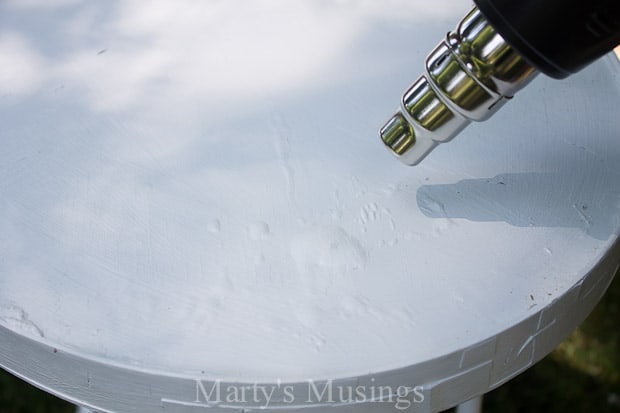
You can see how well this process moves along! Your project may or may not perform like this, and latex paints will react differently than oil-based paints. Wood stains and polyurethanes also cause a different result. The trick is to remove the paint without damaging what’s underneath…and we sure don’t want any fires!
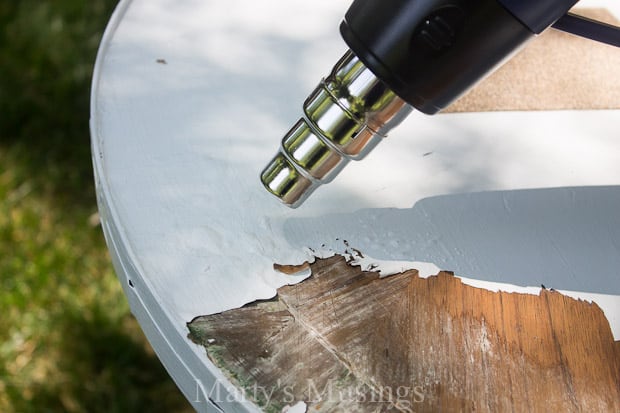
You may be amazed by what you discover under all that gunk! While we had no intention of leaving the wood on our little table, it was nice to see what was originally created.
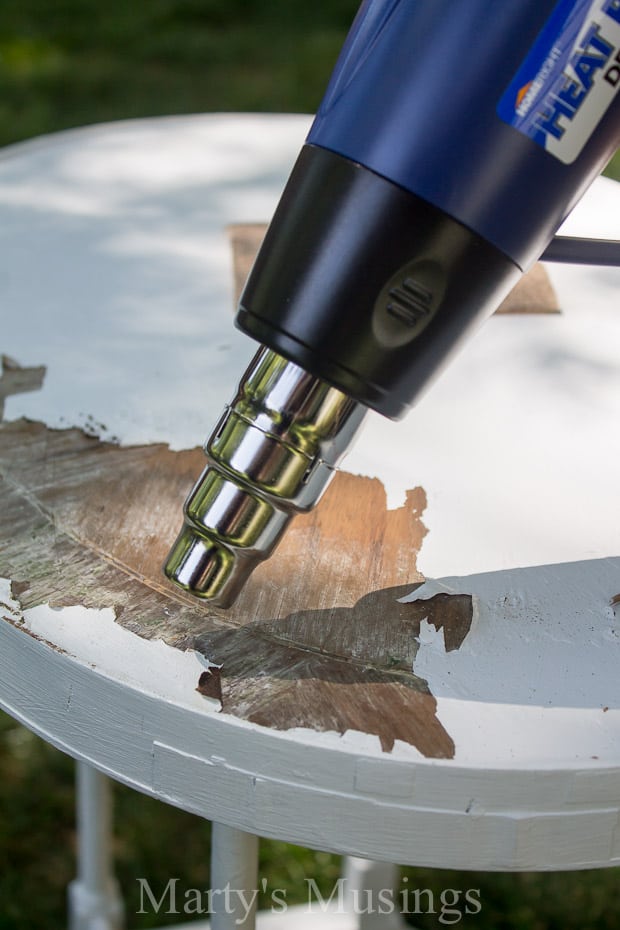
Remember earlier when I said I like to use products in a different way? There are no pictures to incriminate me, but I did use my Hot Air Tool to thaw out the frozen garden hose on one of our milder winter Saturdays so I could wash the cars! I confess…but I succeeded!
Not everyone will need a heat gun, but if you do, this is a great one to add to your arsenal!
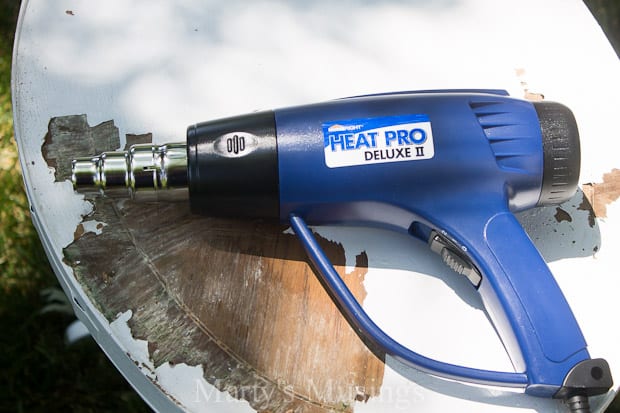
From Marty: Tim always writes a solid tutorial, and I frequently learn something new (that I probably didn’t need to know!) from reading his words. There’s probably a reason he doesn’t let me near power tools!
I actually painted the little table again and now it sits on my new front deck, with just a bit of distressing added to the decor.
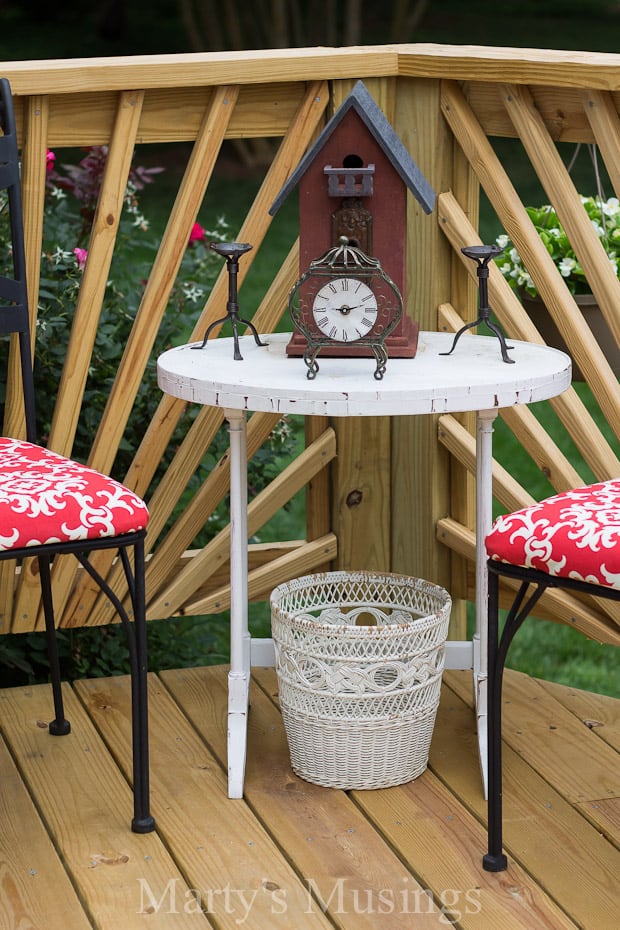
More Painting Tips
Practical painting tips for the home that anyone can use, including chalk painting, accent walls and choosing the right colors.


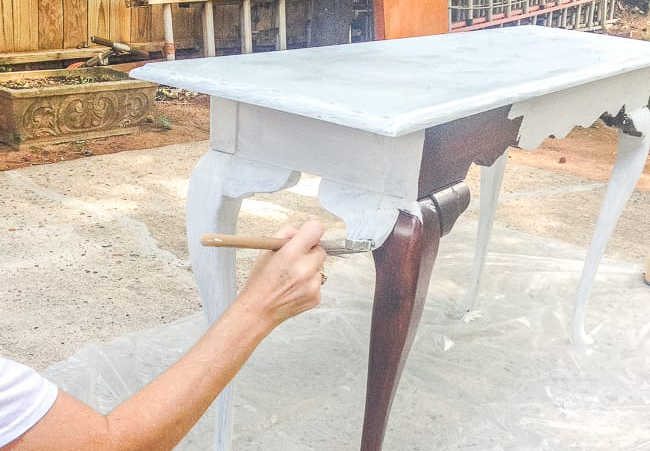
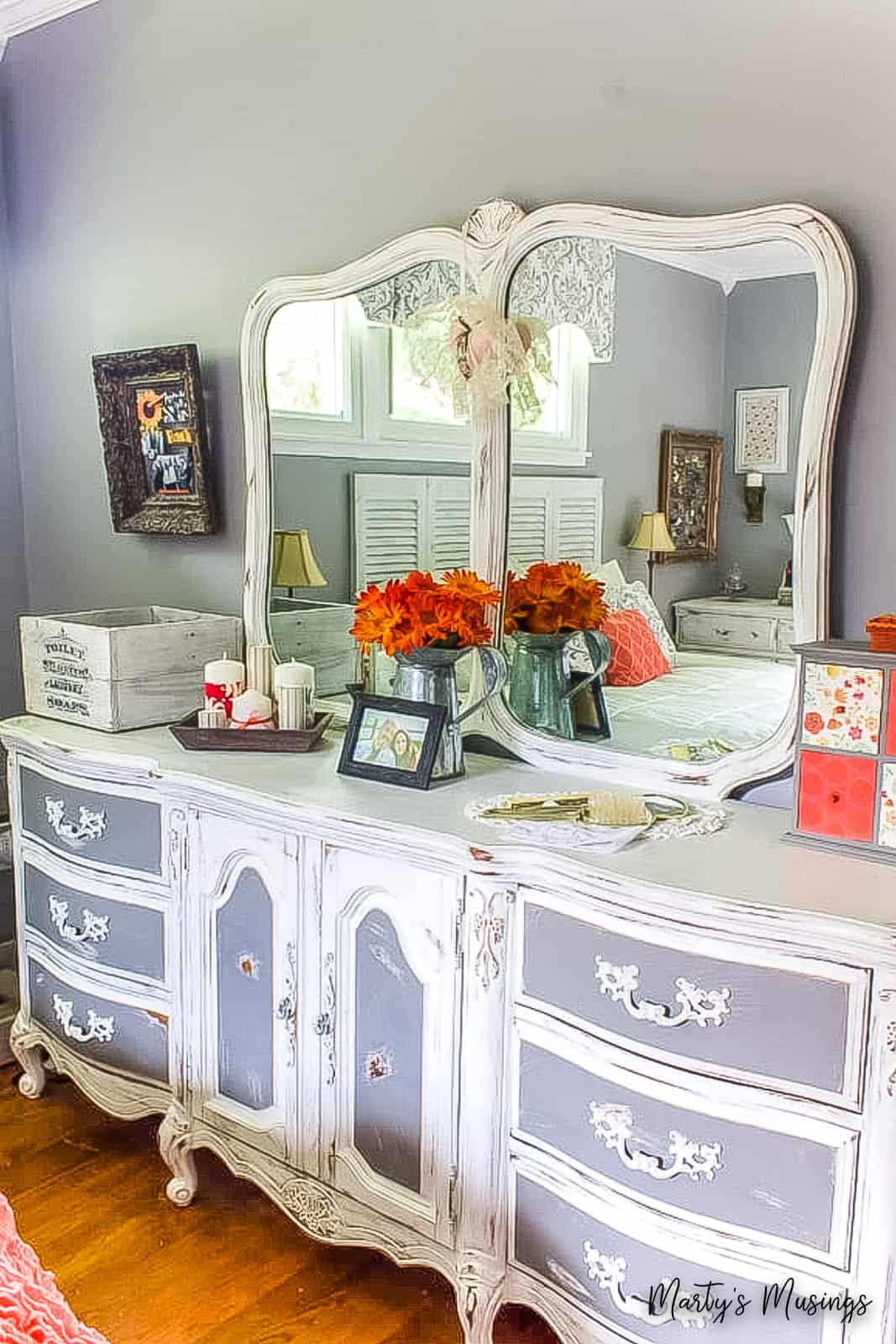
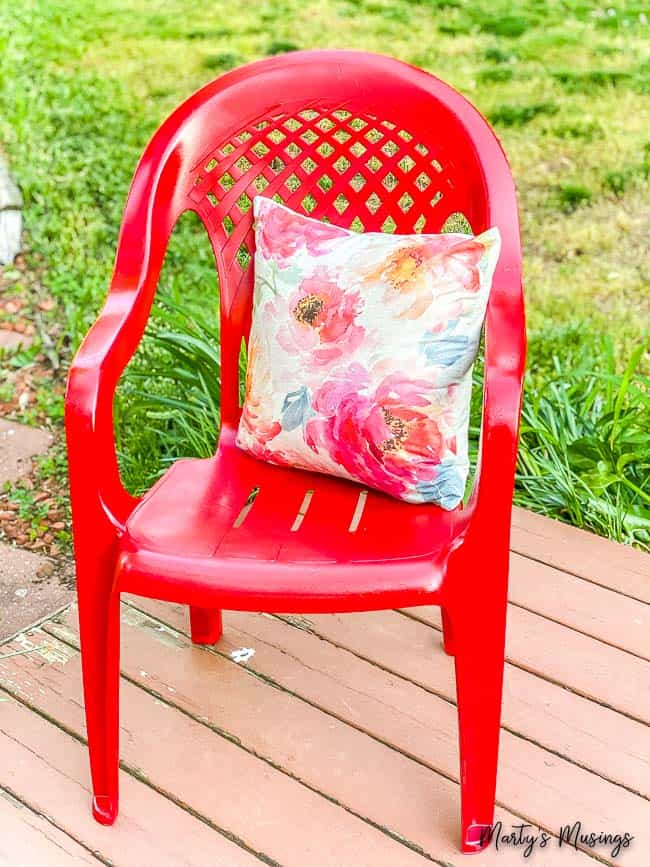
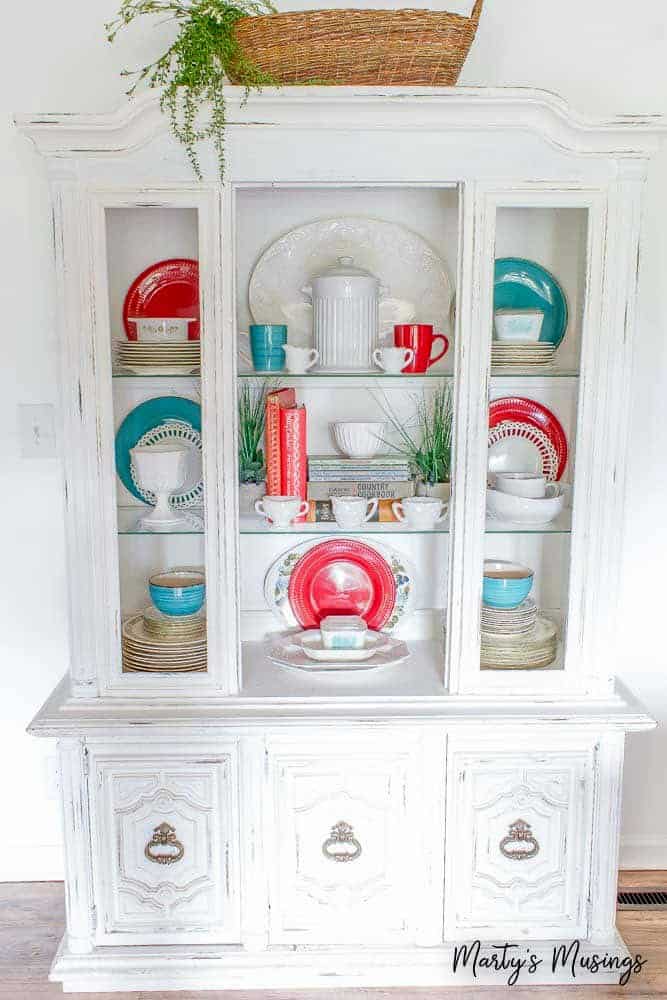

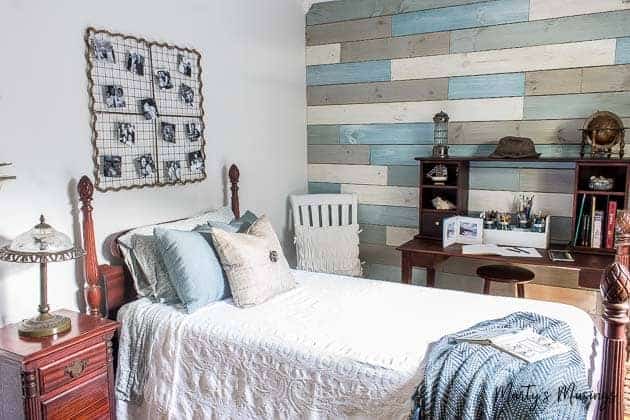
One Comment